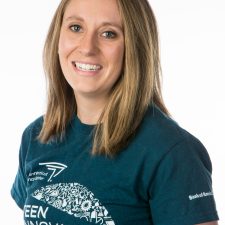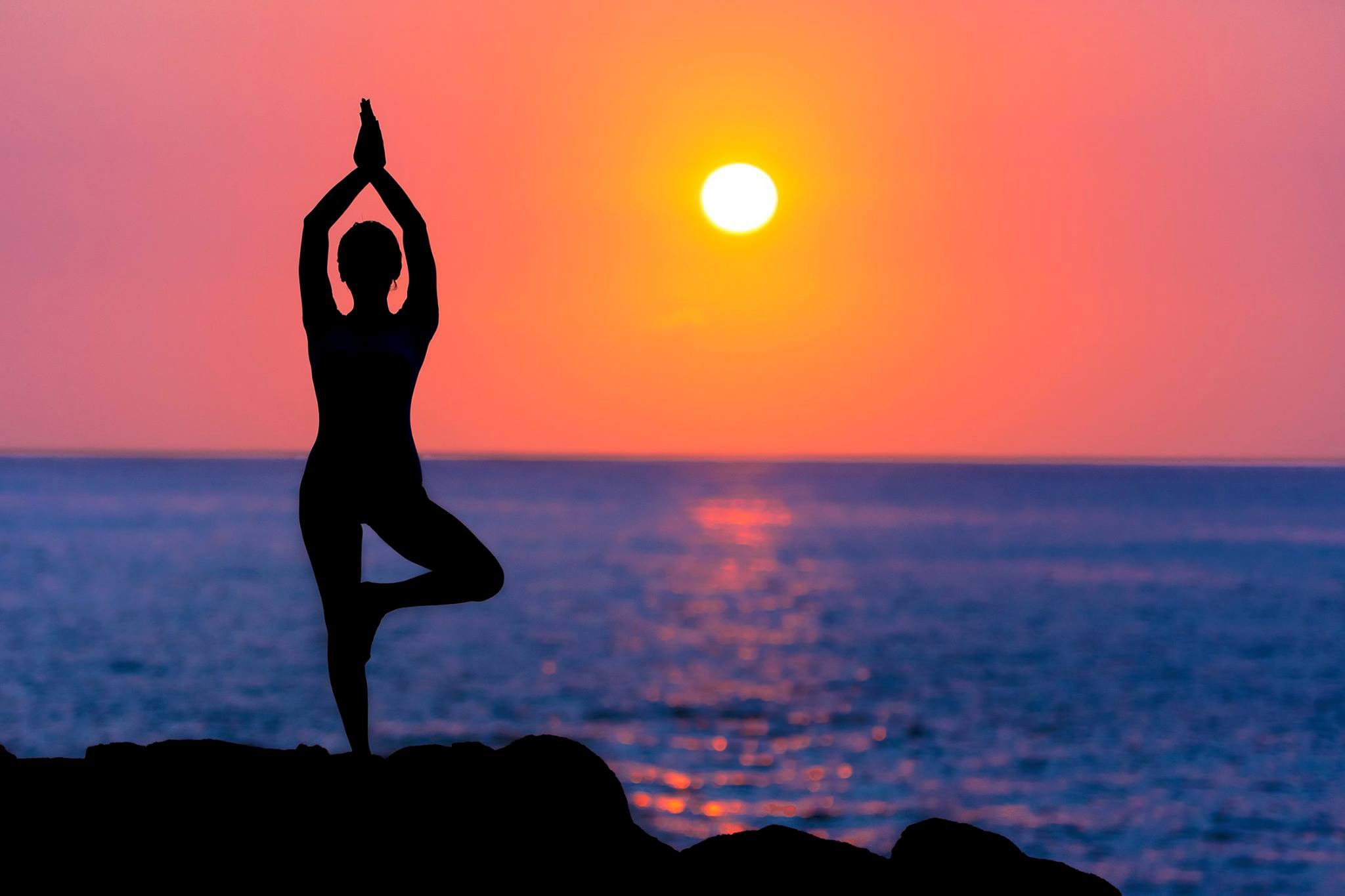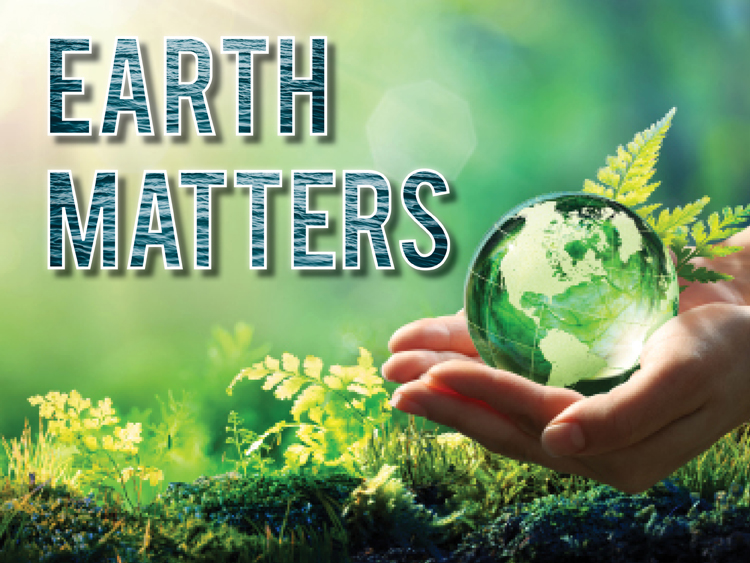Recently, the governor has created a partnership with the developers of the How We Feel app as a tool to help the medical community combat the spread of COVID-19. Apps like these have made significant progress in identifying new symptoms (Neuroscience News). In areas where these apps are being used more broadly, healthcare professionals are able to better understand how COVID-19 is impacting specific communities and can create plans to more effectively combat the spread of this novel coronavirus. Let’s talk a little bit about why an app like this exists, what it is being used for, and how it is helping scientists better understand the SARS-CoV-2 virus (Why am I hearing so many names for this disease?).
What is the How We Feel app anyway?
How We Feel is a symptom reporting app that was created by a team of app developers, scientists, and researchers with the goal of giving everyone the opportunity to report how they are feeling each day. Public health researchers are interested in gathering as much information as they can about how people are feeling from day to day, and what (if any) symptoms they are experiencing.
How does reporting how I feel help scientists?
The scientists and researchers who investigate disease outbreaks and health threats are called epidemiologists (ep·i·de·mi·ol·o·gist). Their job is to try to determine the cause of an outbreak and understand how it is moving through a population. These disease detectives try to figure out who is at risk, and control or prevent the disease from happening again. Epidemiology has been practiced as a way to understand the source of and control disease outbreaks since the 1850’s (check out this SciShow episode about it) when it was used to identify the source of a Cholera outbreak in England.
Epidemiologists can use the data you report to notice and discover patterns that would be challenging to identify without this shared information. App-based symptom trackers have already aided scientists in recognizing that temporarily losing your senses of taste and smell are symptoms associated with COVID-19. They are also using data from apps like this to gain a better understanding of the role that genetic makeup may play in COVID-19’s impact on individuals.
In order to learn more about COVID-19, epidemiologists need to work with data that is representative of the population that is at risk. By sharing how you are feeling and answering a few simple non-identifying questions, scientists and researchers can connect pieces of the puzzle like:
- How many people may be infected but are not feeling bad enough that they are in need of medical attention? (in the healthcare world these are known as sub-clinical cases)
- Where are people reporting from, and how many others in that area are reporting symptoms associated with COVID-19? (this information lets healthcare professionals identify where and how the virus is spreading, and pinpoint areas to focus efforts and education to contain the spread)
- What symptoms are individuals experiencing and how is this novel coronavirus evolving/changing/progressing?
- Are the safety measures that have been put in place (social distancing, cloth face coverings/masks in public, hand washing, etc) working to slow the disease in our communities?
How do Data Science & Epidemiology work together?
In order to understand an outbreak of a disease in a population, epidemiologists need data from that population (the making of the Johns Hopkins COVID-19 map). Data allows them to understand different aspects of the disease outbreak, like which populations are at risk of developing disease, what the exposure and infection rates are, and potential causes. Without knowing who is getting sick, where the disease is happening, and possible hazardous exposures, epidemiologists are like detectives without clues – they can’t solve the mystery.
Data scientists and researchers are primarily looking at two pools of data; anecdotal data (like the information you share with an app) and data that comes from patient testing (think nose and throat swabs and antibody testing). Diseases are a problem on a population level, and researchers need access to information from the population in order to combat these infections. Bits of information like this from a single individual may not yield significant findings but, when we are able to combine a large set of information, patterns and trends begin to appear that help researchers gain a more realistic understanding of the bigger picture.
What are some of the things people like about using the How We Feel App?
Researchers are relying on citizen scientists like you to help fight COVID-19. Here are some of the ways the app is making it easy for you to become part of the solution:
- It takes 30 seconds each day (accurately reporting, even if you are feeling great is helpful to researchers, the questions are easy to answer and straight forward, in the app you can also set daily reminders to check-in)
- See how people in your community are feeling (you will be asked to provide your zip code so researchers can look at data from everyone using the app within your town and county to gain a better understanding of what is happening from place to place, each time you open the app you can also see how others are feeling)
- Protection of your privacy (the app does not connect the information you share with you personally, you do not need to login, or provide any other identifying information, you can even choose to skip some questions if you prefer)
- This is an incredibly efficient and cost-effective way to collect data (it takes each individual a very small amount of time to check-in, but when you combine all of that data it becomes valuable to researchers)
- Sharing how you feel in real time makes for more accurate data (you report better data when reporting in the moment instead of trying to remember something that happened weeks ago, researchers need the most accurate information they can get to create a realistic picture of what is happening in our communities)
- Reporting honestly helps healthcare professionals know if safety measures are working (trends in reported data can show how effective safety protocols have been at lessening the rate of infection)
The information gathered through the How We Feel app might prove helpful in defining and revealing how the SARS-CoV-2 infection presents itself. If one new piece of the puzzle is understood as a result of 30 seconds each day then it will be worth it. While staying at home may not feel very helpful, following public health guidelines and reducing your contact with others is actively contributing to controlling the spread of COVID-19. So while you are stuck at home, take 30 seconds each day and contribute to science. Your information, along with your neighbors, might be the key to getting us through this outbreak. Stay safe, stay healthy, and citizen science on!
I’m Ready To Start Reporting! Download the FREE How We Feel app from the following places:
Want to learn more about how epidemiology works?
Try this Simulator: https://vax.herokuapp.com/ VAX! Is a game that uses dots to represent people and lines to represent their contact with one another – Start with the Tour to explore how vaccination and quarantine can help stop entire populations from getting infected. Then try out the game! The more you play the more you can learn about how outbreaks behave within a population, just like epidemiologists can do with data.
Read The Governor’s Original Press Release About The How We Feel App Here: https://portal.ct.gov/Office-of-the-Governor/News/Press-Releases/2020/04-2020/Governor-Lamont-Encourages-Connecticut-Residents-to-Use-the-How-We-Feel-App


Jessie Scott is a STEM Educator who enjoys encouraging students’ enthusiasm for science. She teaches classes to students visiting the Science Center and brings STEM lessons to schools across Connecticut. Jessie completed her Master of Science degree in Microbiology at Dartmouth College and worked as a science educator at the Montshire Museum of Science before coming to the Connecticut Science Center. Her scientific interests are: biology – how living things have adapted different strategies to survive in their environments, insects, and plants. In her free time, Jessie likes to go rock climbing, hiking, and skiing.



